Beautiful Non-Toxic and Pet-Friendly Succulents for Your Home
Pet parents are frequently plant parents, so it's only natural that you'd need to find some plants that are safe for your furry friends. Succulents are a great option as they're low maintenance. While some varieties can be toxic to pets, this list includes a number of succulents that are perfectly safe to have around your pets.
Portulacaria afra
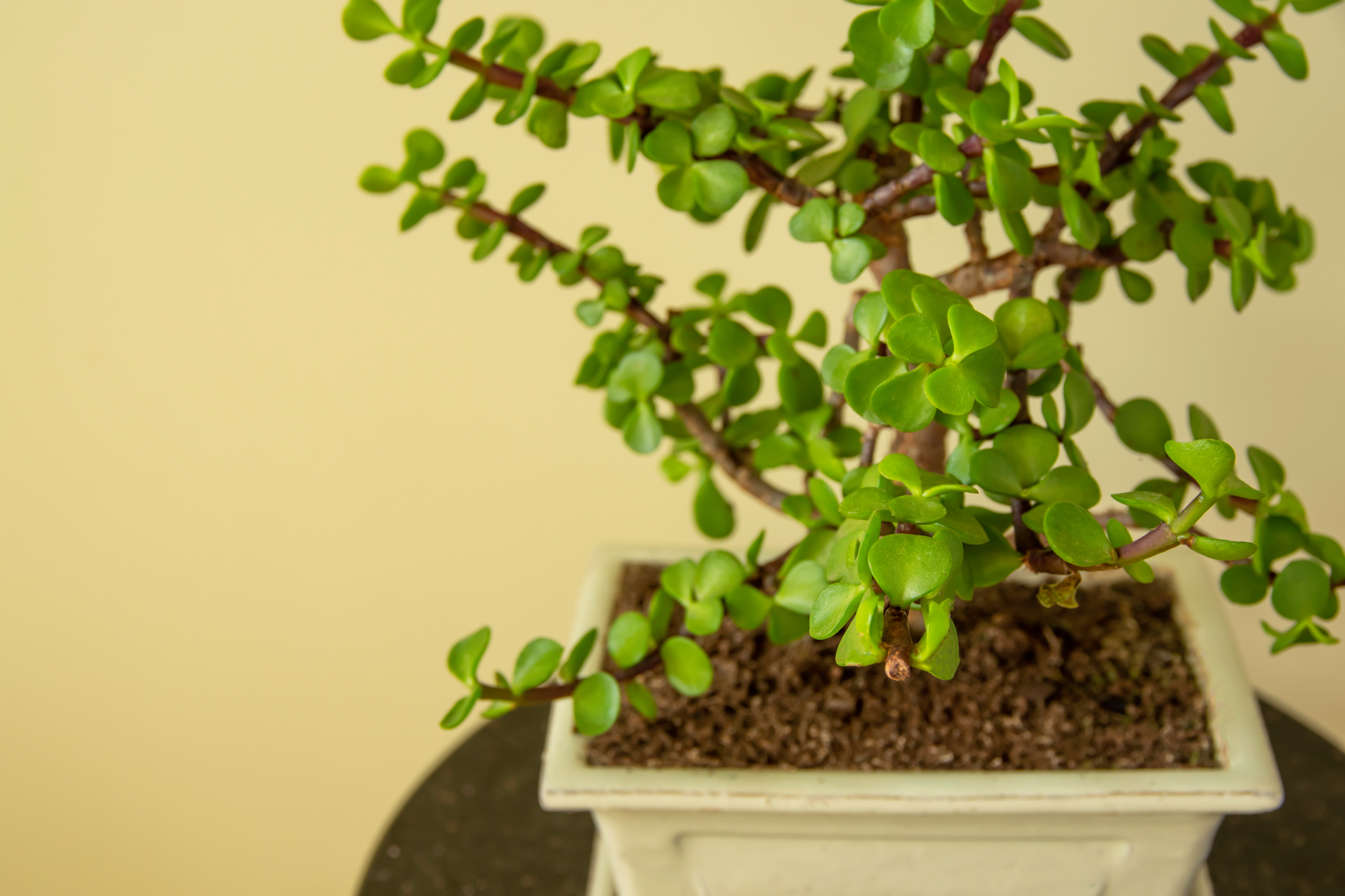
Portulacaria afra, or Elephant Bush, is a great option to grow around pets. It grows easily and will bounce back quickly if your pet decides to take a nibble. This plant is eaten by a number of animals in South Africa where it originates. It can also be eaten by people as well! This classic succulent is a good alternative to Jade plant which can be toxic to pets.
Graptosedum varieties
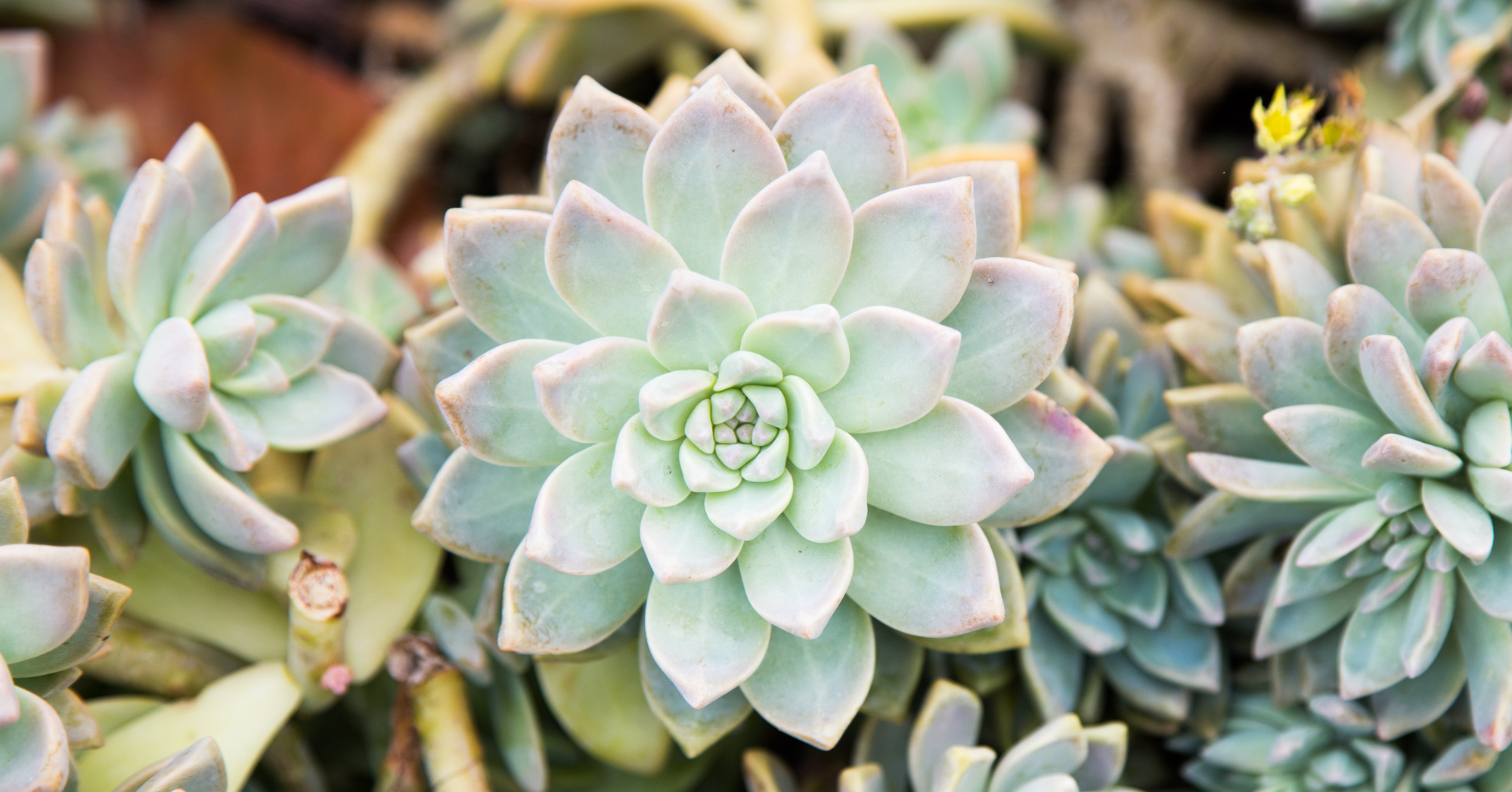
If you're looking for something colorful and easy to propagate, Graptopetalum and Graptosedum varietes will be perfect for you. They're pet friendly and there's quite a few beautiful options to choose from. You will want to keep these near the brightest window of your home and consider giving them a grow light, or keep them outside in bright, indirect sunlight.
String of Turtles
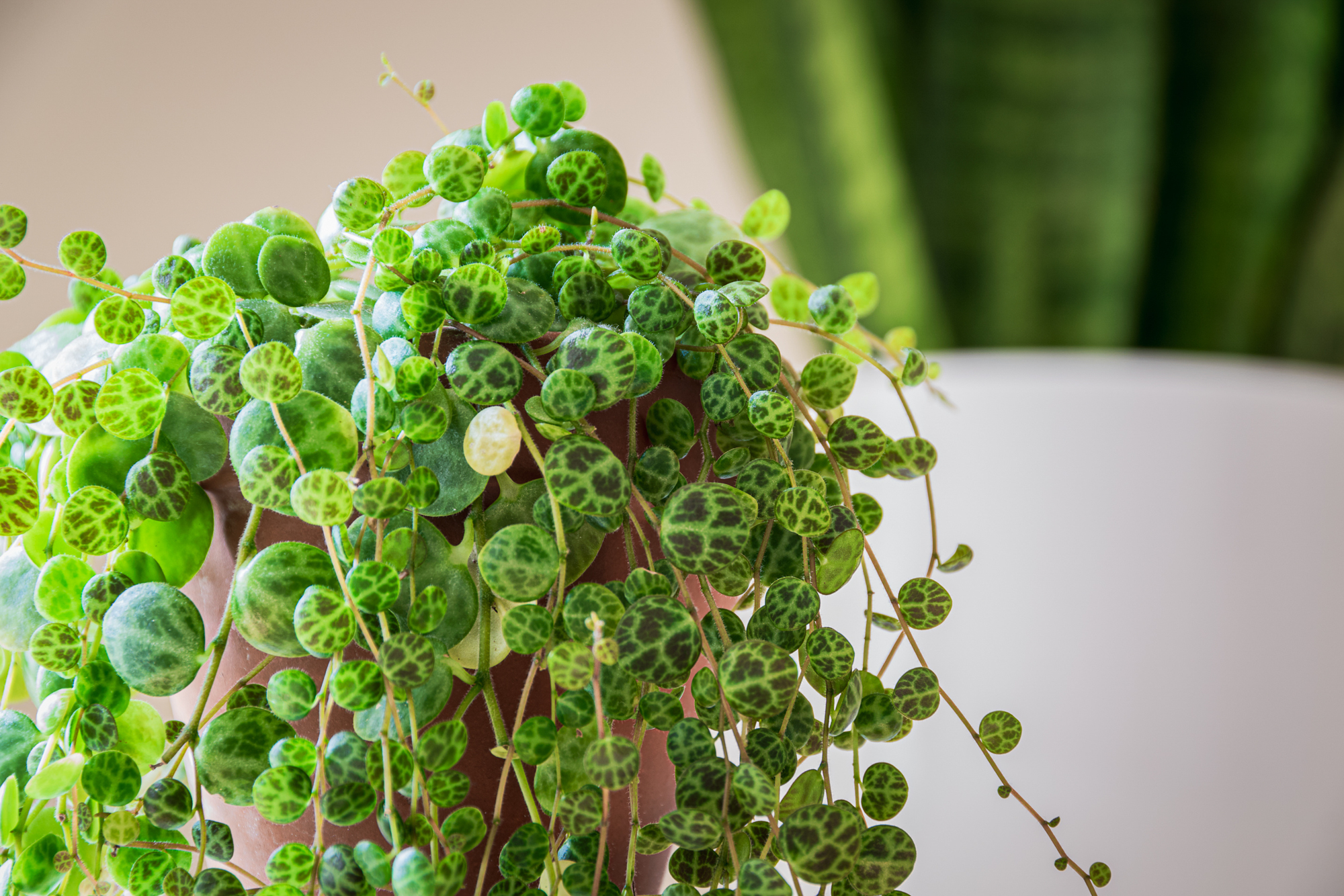
Plants named after animals are always fun, and String of Turtles is no exception. Plus, it's safe for cats and dogs to be around so they can enjoy this unique specimen with you. If you find your pet is a little too interested in this Peperomia, you can put it in a hanging pot so it's out of reach. It will spill over the edge of the pot and can get quite long if well cared for.
Lithops
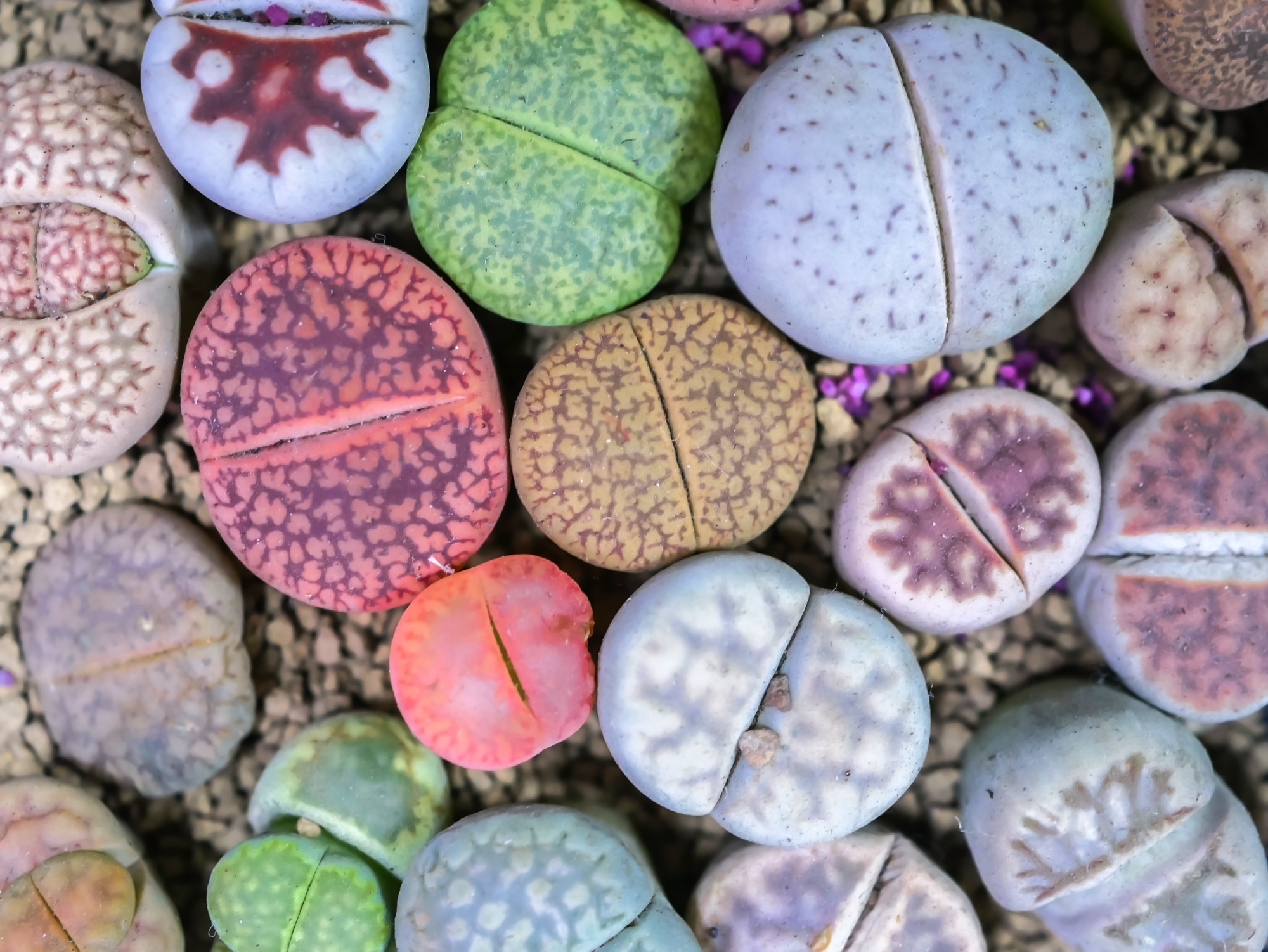
If rare and unusual plants are more your style, it's hard to pass up on Lithops. These weird-looking succulents come in all shapes and colors. They're quite slow growing and require very little water. Your pet won't get jealous of you spending too much time caring for these little guys, though you may want to look at them a lot. They're perfectly pet safe too, but you'll probably want to keep them out of reach as they're usually on the more expensive side and won't recover if your furry friend decides to take a bit or scratch them.
Faucaria varieties
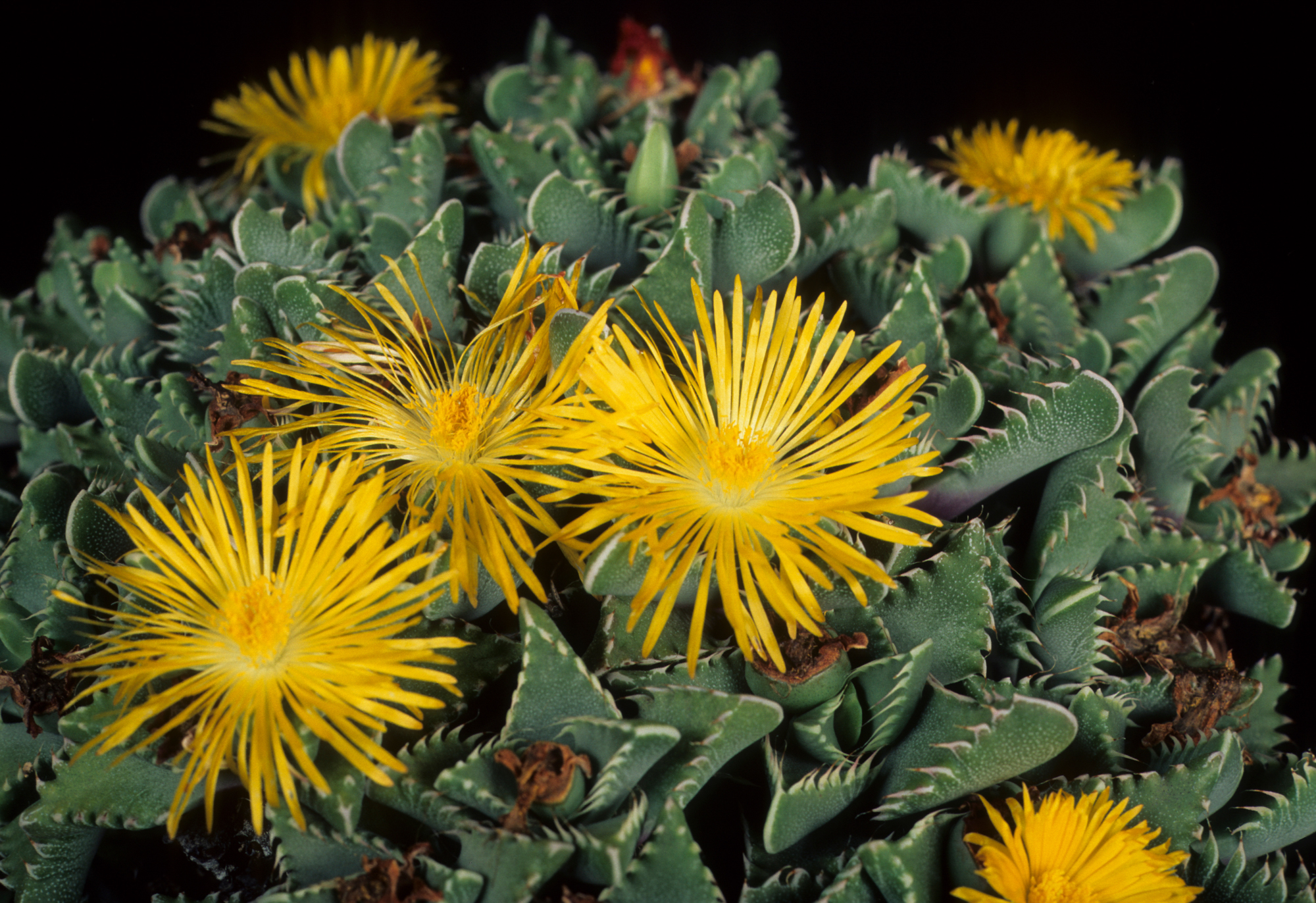
Equally unusual but much less expensive are Faucaria succulents. Many of these get the nick name Tiger Jaws, but the teeth on the edge of these leaves are quite soft and not actually intimidating. Your pet may think it's a teethy predator, but its a safe plant for them to be around.
Sempervivum
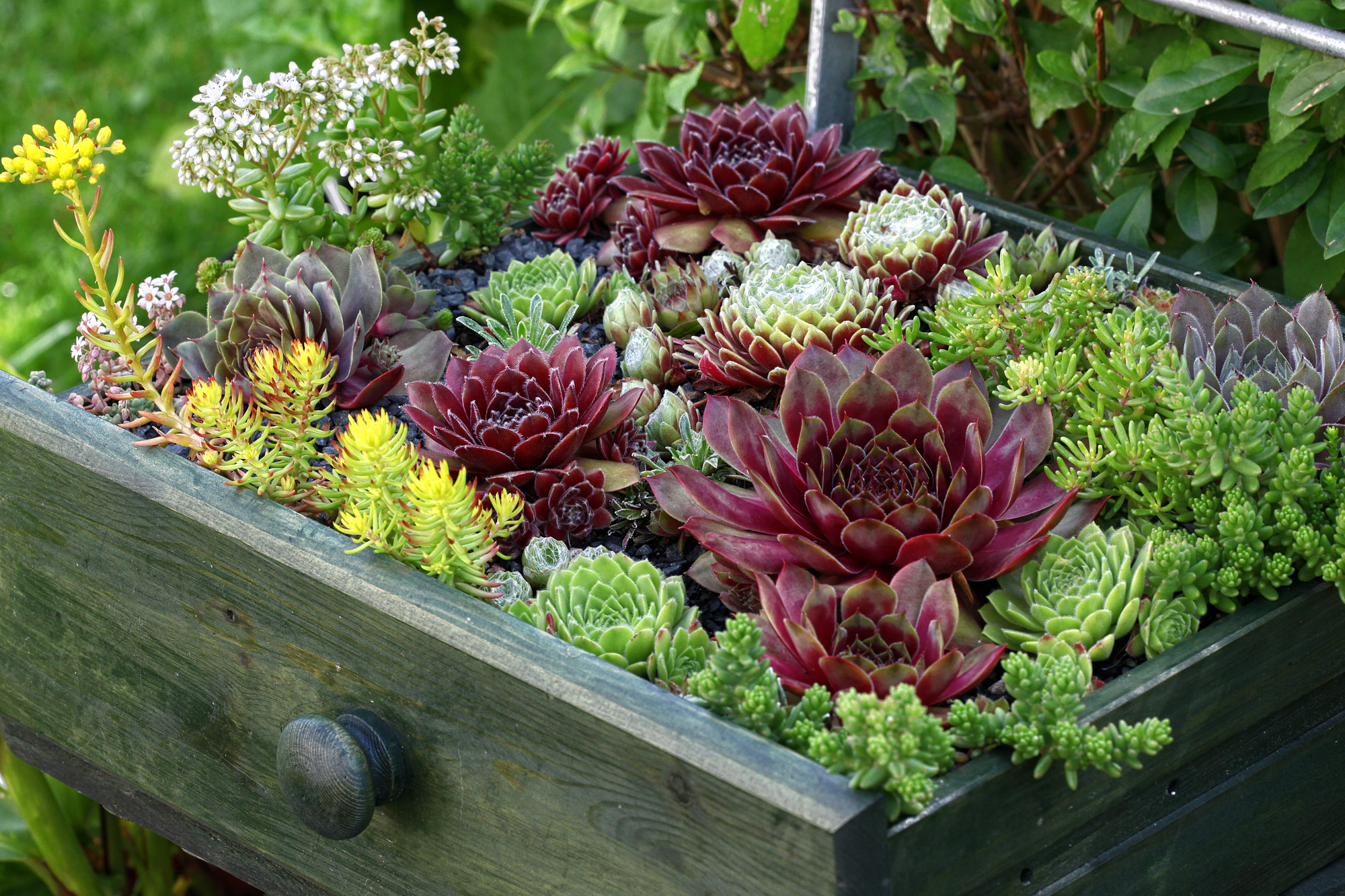
These stunning rosette shaped succulents are great plants to grow outside, even if you live in a four season climate. Sempervivum are pet safe and snow safe! They'll come back year after year producing new "chicks" of their own and continuing to show off intense red, purple, and green colors. Many varieties of Sempervivum are prolific and can produce dozens of new rosettes each year. You'll love having these in your garden.
Adromischus
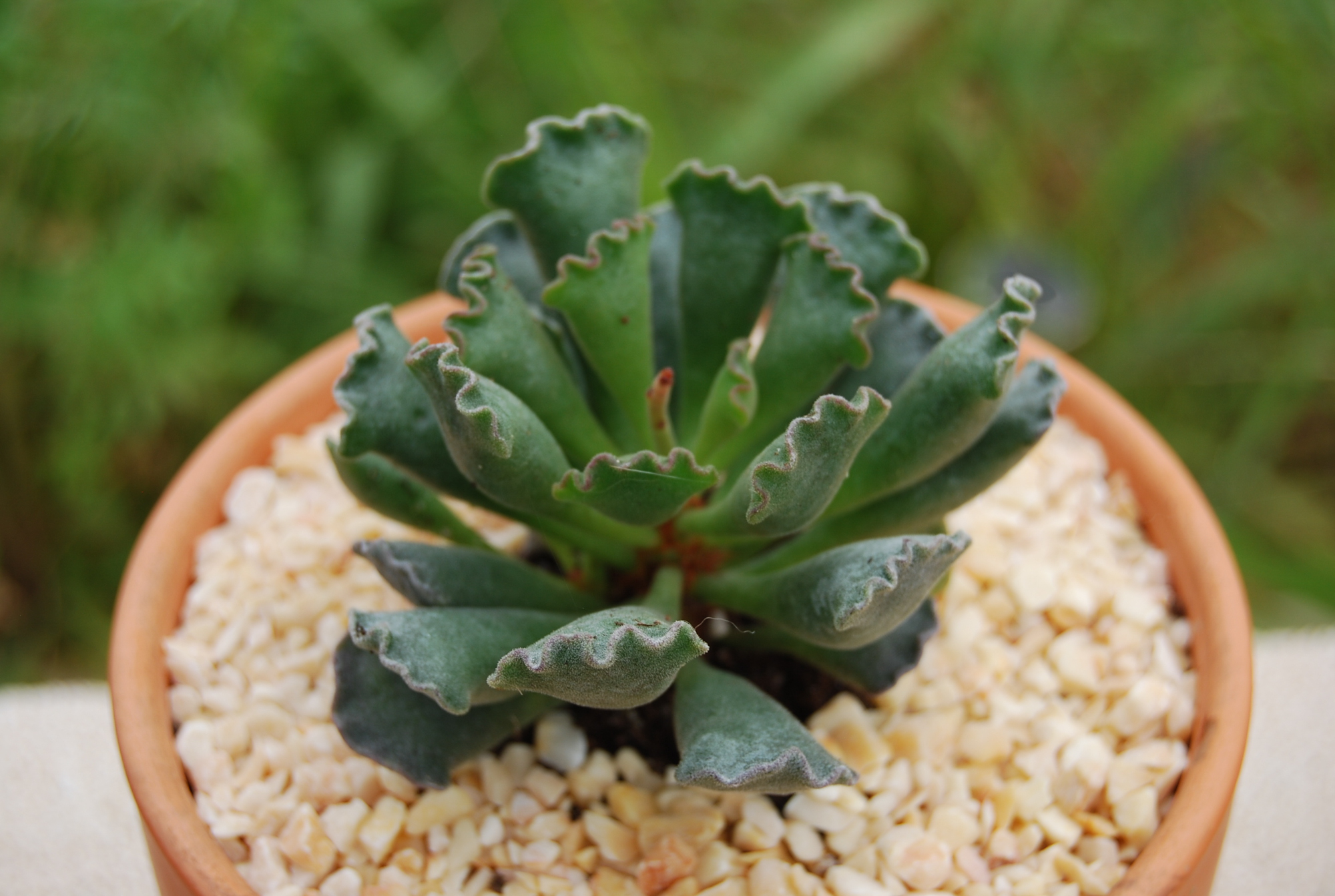
Adromischus cristatus or "Crinkle Leaf Plant" is another fun option that is safe to keep around your furry friends. It has distinct wavy edges on it's leaves and frequently gets brown "whiskers", which are actually aerial roots, around the stem. This plant is fragile so it's probably still best to keep it up on a shelf or out of the way. One paw too many on it and all the leaves could fall off. But if your pet decides to take a bite they're not in danger.
7 Worst Mistakes Beginners Make When Growing Succulents
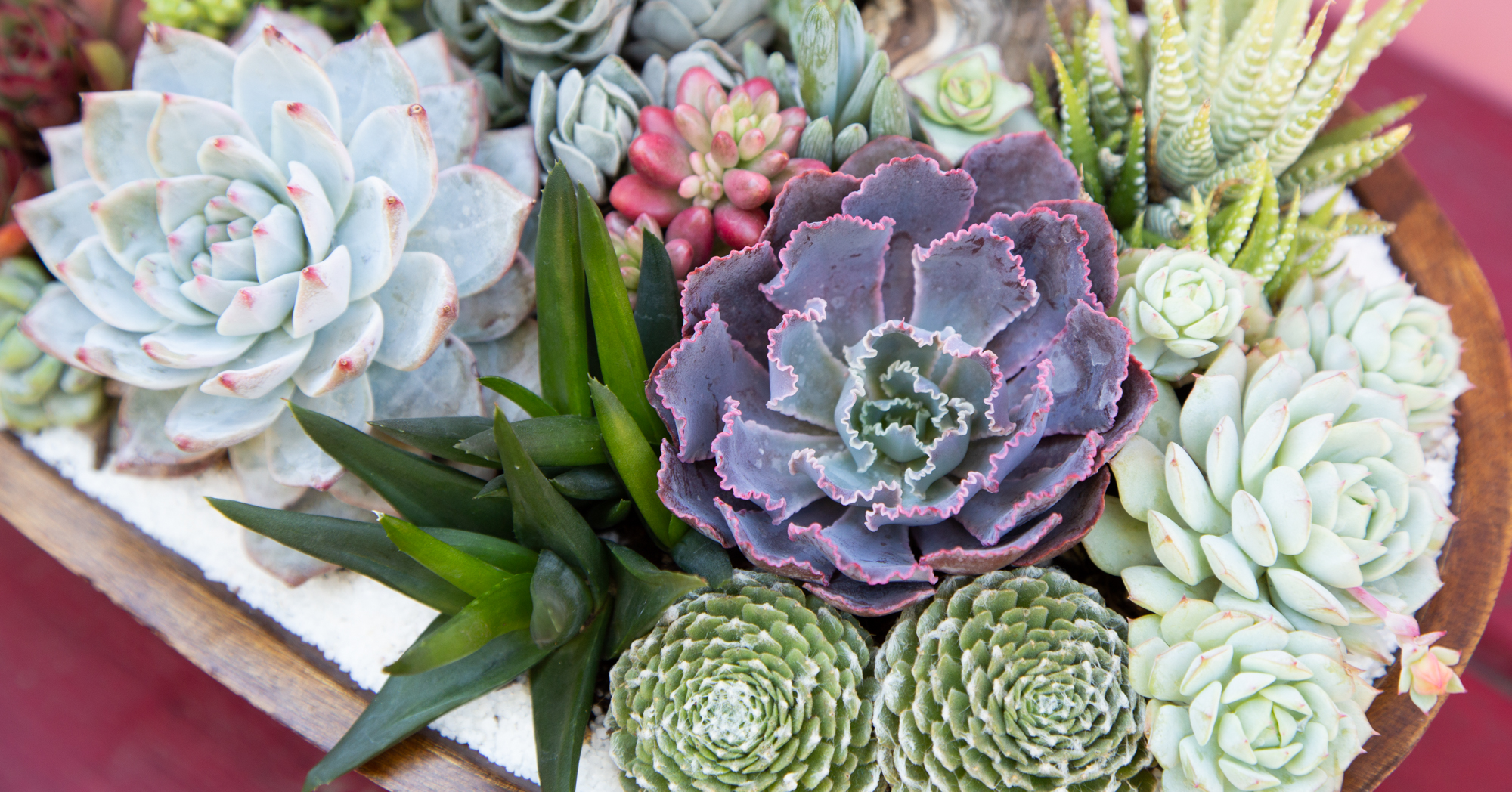
Many people assume that they can take care of succulent plants however they want -- just treat them like normal house plants. The problem is succulents aren't like most other house plants. They have completely different watering needs and often need more sunlight and airflow than other plants. Find out what the most common succulent mistakes are and how to avoid them.
Don't miss these important tips for planting succulents
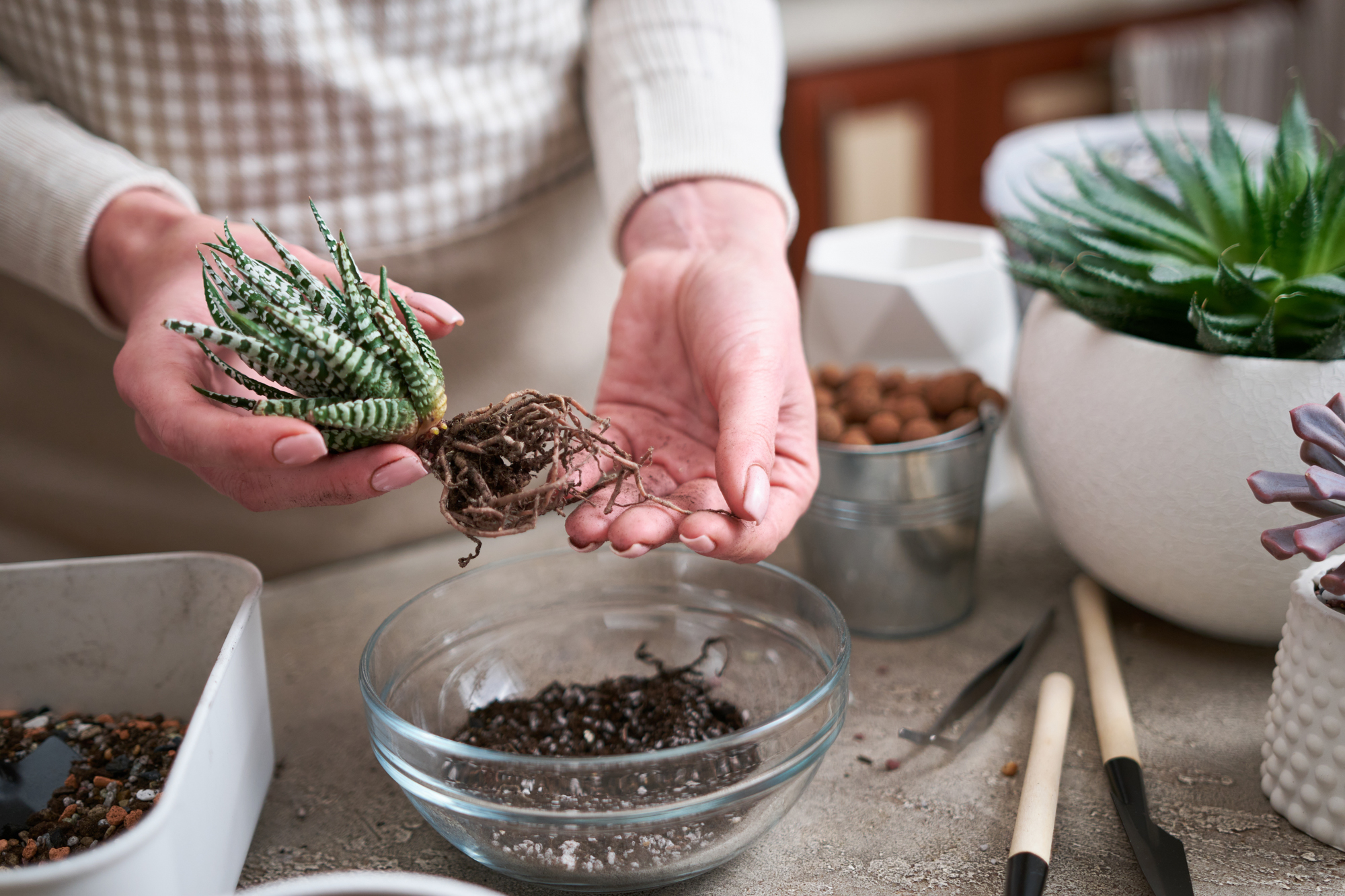
After you purchase a new succulent, it's important that you replant it to ensure it stays live in your home. Taking a few minutes to learn how to plant succulents will start your succulent growing journey off on the right foot. You'll want to make sure you have the right supplies, including soil and pottery, to give your succulent (and yourself) the best chance at success.
Is Your Succulent Dying? Find Out Why
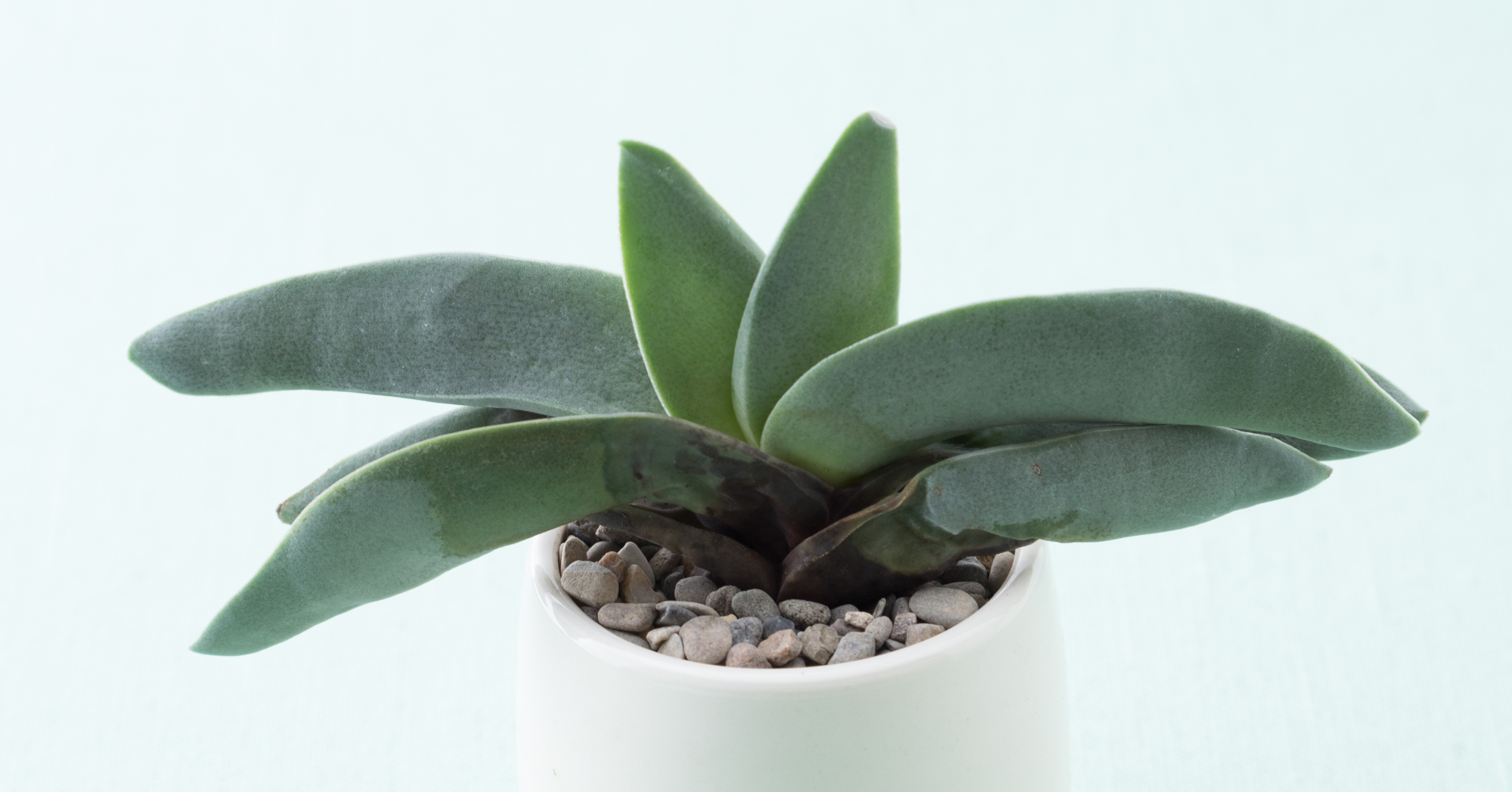
There's a number of reasons your succulent might not be looking great. Find out how to tell what's wrong with your succulent and how you can fix it or prevent it from happening again.
This article originally appeared on Succulents and Sunshine.